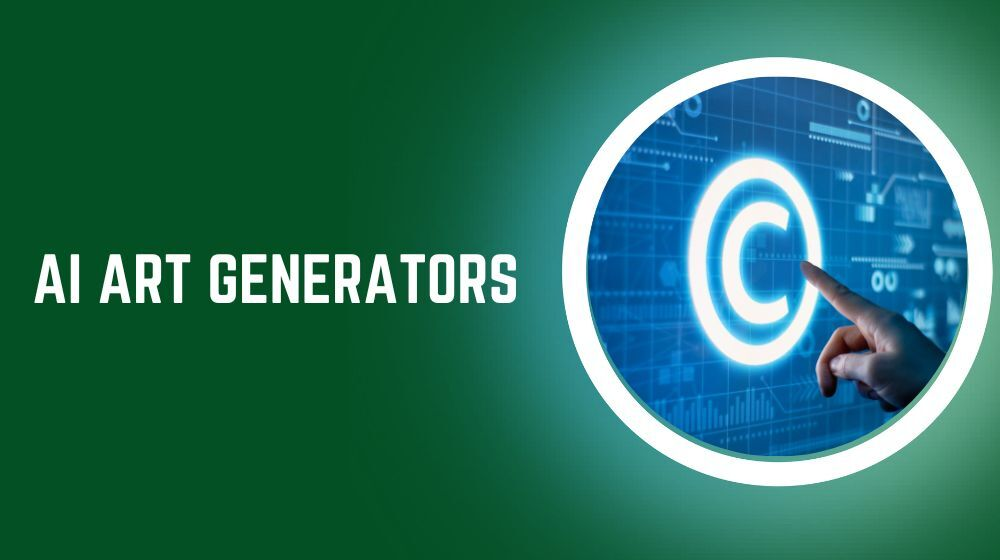AI in Design: Revolutionizing Visual Arts and Creativity
In the realm of visual arts and design, Artificial Intelligence (AI) is revolutionizing the creative process, offering novel approaches to generating stunning visuals, graphics, and artworks. AI-generated design, powered by advanced algorithms and deep learning models, holds immense potential for designers, artists, and businesses seeking to push the boundaries of creativity, streamline workflows, and deliver impactful visual experiences. This article explores the transformative power of AI-generated design, highlighting its benefits and diverse applications across various industries.
Benefits of AI-Generated Design:
1.Limitless Creativity:
AI-generated design expands the horizons of creativity by offering designers access to an infinite wellspring of inspiration and innovation. Through generative adversarial networks (GANs), neural style transfer, and other AI techniques, designers can explore a vast array of artistic styles, compositions, and aesthetics, enabling them to break free from traditional constraints and push the boundaries of visual expression. This boundless creative potential fosters experimentation, iteration, and discovery, empowering designers to unleash their imaginations and create truly original artworks and designs.
2.Time and Cost Efficiency:
AI-generated design tools streamline the design process, saving time and resources for designers and businesses. By automating repetitive tasks such as layout generation, color selection, and image editing, AI algorithms accelerate workflow efficiency and productivity, enabling designers to focus their energy on higher-level creative tasks and strategic decision-making. This increased efficiency not only reduces project turnaround times but also lowers production costs, making AI-generated design accessible to a wider range of individuals and organizations.
3.Personalized and Adaptive Design:
AI-generated design enables personalized and adaptive visual experiences tailored to individual preferences and contexts. Through data-driven insights and machine learning algorithms, designers can analyze user behavior, demographics, and preferences to create customized designs that resonate with target audiences on a deeper level. Whether it’s personalized product recommendations, dynamic website layouts, or interactive user interfaces, AI-generated design enhances engagement, fosters brand loyalty, and delivers tailored experiences that captivate and delight users.

Applications of AI-Generated Design:
1.Branding and Marketing:
AI-generated design is revolutionizing branding and marketing efforts by helping businesses create compelling visual identities, advertisements, and promotional materials. From logo generation and brand asset creation to content personalization and A/B testing, AI algorithms enable marketers to craft visually stunning campaigns that resonate with target audiences and drive meaningful engagement and conversion.
2.User Interface and Experience Design:
AI-generated design plays a crucial role in shaping user interface (UI) and user experience (UX) design for digital products and platforms. By leveraging AI-powered prototyping tools, designers can quickly iterate and refine UI/UX designs based on user feedback, behavior analytics, and usability testing, ensuring intuitive, seamless, and immersive user experiences across web, mobile, and interactive applications.
3.Architectural and Industrial Design:
AI-generated design is transforming architectural and industrial design processes, enabling architects, engineers, and designers to create innovative and sustainable solutions for built environments and products. Through parametric design, computational modeling, and generative design algorithms, AI tools empower designers to optimize form, function, and performance parameters, resulting in cutting-edge designs that push the boundaries of aesthetics, efficiency, and sustainability.
Conclusion:
AI-generated design represents a paradigm shift in the field of visual arts and design, offering unprecedented opportunities for creativity, efficiency, and personalization. From enhancing brand identity and marketing campaigns to shaping user experiences and architectural innovations, AI-driven design is reshaping the way we create, communicate, and interact with the world around us. As AI technologies continue to evolve and mature, the fusion of human creativity and artificial intelligence promises to unlock new realms of design innovation, empowering individuals and businesses to realize their vision and make a lasting impact on society.





